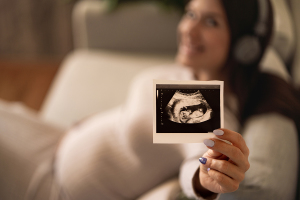COVID-19: Retracted hydroxychloroquine studies, changes to carrier risk, how virus spreads on surfaces
Does the virus spread through contact with surfaces?
COVID-19 has been described as a "novel" virus in part because not much was known about it when it first emerged, including its source. The virus first appeared in the Wuhan province of China and soon after it began spreading around the globe. It's been debated as to whether a lab worker researching coronaviruses accidentally exposed the public to the virus, whether it was intentionally released from a biolab known for its virology research, or if it was transmitted through regional wet markets.
The CDC says that although transmission is more common through respiratory droplets than through objects and surfaces, such as doorknobs, countertops, keyboards or toys, the latest available evidence suggests the disease "may remain viable for hours to days on surfaces made from a variety of materials" and recommends cleaning visibly dirty surfaces followed by disinfection as a best practice prevention measure.
Yet what might contribute to how long the virus-laden droplets stay on a particular surface is the surrounding temperature and humidity of the location, which was discussed by William Bryan, the acting head of the Science and Technology Directorate at the Department of Homeland Security, at an April 23 White House Task Force press briefing.
As reported by Business Insider, in a study released Tuesday, researchers compared droplets' average drying time in six different cities that have varying temperatures and humidity levels. Results showed that "a longer drying time correlated with a larger growth rate of the pandemic," according to Raneesh Bhardwaj, who co-authored the study. Higher temperatures correlated with quicker drying times and the contaminants disappeared more quickly in warmer climates.
Thus, this might explain why New York was hit as hard as it was, while Singapore was comparatively low, the study posited.
"New York City, for example, had a growth rate of new infections per day that was 35 times higher than Singapore's. On average, the drying time for coronavirus droplets in New York was close to a minute — nearly double the drying time in Singapore," Business Insider reported.
Bhardwaj added, "While the humidity is comparable between the two cities, New York was cold compared to Singapore when the pandemic started."



























